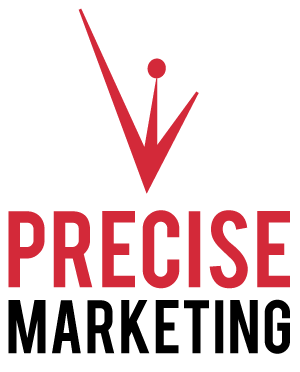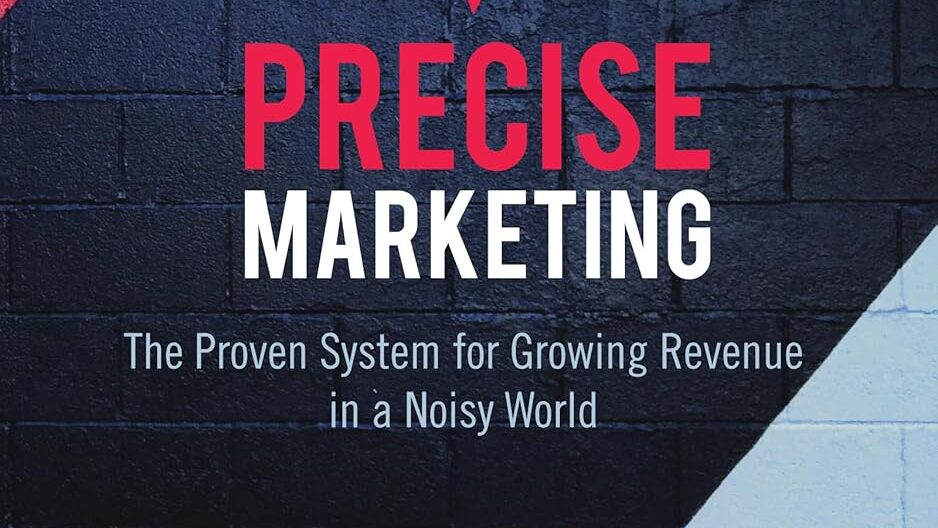Customer Experience and Customer Success: The New Marketing Frontier
By Upendra Mishra, author of Precise Marketing
In the noisy, fast-moving marketplace we operate in today, the real marketing battle is no longer about getting attention—it’s about what happens after you get it.
What happens after someone clicks, subscribes, or buys?
What do they feel, experience, or struggle with?
That’s the new frontier. And it’s defined by two strategic imperatives: Customer Experience (CX) and Customer Success.
As I discuss in Precise Marketing, modern growth isn’t driven by louder messaging or larger budgets—it’s driven by precision. And nothing is more precise than delivering exactly what your customer needs, when they need it, in a way that feels seamless and valuable.
 The Age of Experience-Driven Growth
The Age of Experience-Driven Growth
According to Gartner, 80% of companies in 2025 will compete primarily on customer experience. That’s a staggering leap from just 36% in 2010. Why? Because products can be replicated, features can be copied—but experiences are unique, emotional, and memorable.
Customer Experience (CX) is the total perception a customer has of your brand across every interaction—digital or physical, human or automated. That includes:
-
How easily they navigate your website
-
The tone of your emails
-
The helpfulness of your customer support
-
The clarity of your product onboarding
-
The feeling they get from interacting with your team
Every touchpoint matters. When each of those touchpoints is thoughtfully designed, consistent, and emotionally engaging, they don’t just result in a sale—they result in loyalty.
Companies that excel in CX grow revenues 5–8 times faster than those that don’t, according to Bain & Company. That’s not a marketing tactic—it’s a growth engine.
What Is Customer Success—and Why Is It Different?
While CX is about the experience, Customer Success is about outcomes. It’s a strategic, proactive approach to helping customers achieve their goals using your product or service.
Where traditional support is reactive (“I have a problem, help me”), Customer Success is forward-looking:
-
Helping customers onboard quickly and effectively
-
Anticipating roadblocks and guiding them past them
-
Offering tools, education, and personalized advice
-
Aligning your internal success metrics with your customers’ desired outcomes
Customer Success is what turns your clients into champions. It’s especially crucial in recurring revenue models—like SaaS, services, or subscriptions—where long-term value depends on ongoing engagement.
CX + CS = Compounding Growth
Customer Experience and Customer Success aren’t separate functions. They’re part of the same ecosystem—and when they work together, they create a compounding effect:
-
Positive experiences increase trust
-
Ongoing success deepens engagement
-
Loyal customers become brand advocates
That cycle of trust → success → advocacy is the modern marketing flywheel.
Real-World Example: Zoom
A perfect case study of this principle is Zoom.
Yes, their product met the moment during the remote work surge in 2020—but that alone didn’t ensure long-term dominance. Zoom won by combining frictionless CX with proactive Customer Success.
-
The interface was intuitive and reliable.
-
Onboarding was simple—even for non-tech users.
-
Support was instant and helpful.
-
Enterprise customers had dedicated Success Managers guiding implementation, usage, and growth.
The result?
-
A Net Revenue Retention (NRR) of 120%
-
Sky-high Net Promoter Scores
-
Over 2,500 enterprise clients spending $100K+ annually
Zoom didn’t just deliver a service. They made their users feel smart, supported, and successful.
Building Your CX + CS Strategy
Here’s how to start integrating these principles into your own business:
1. Map the Full Customer Journey
From first click to long-term renewal, map every interaction. Identify friction points and opportunities for delight.
2. Personalize at Scale
Use behavioral and engagement data to tailor your messaging, recommendations, and outreach.
3. Create a Consistent Omnichannel Experience
Unify your brand’s voice and service quality across web, mobile, email, phone, and in-person.
4. Empower Your Frontline Teams
Support isn’t just about solving tickets—it’s about creating moments of trust. Train your teams to act with empathy, urgency, and insight.
5. Implement a Customer Success Framework
Define what success looks like for your customers. Segment them, assign Success Managers or digital touchpoints, and monitor health scores to anticipate churn or growth opportunities.
The Business Case Is Clear
Investing in CX and Customer Success isn’t a cost—it’s a competitive advantage.
| Benefit | Impact |
|---|---|
| Customer Retention | 5–7x cheaper than acquiring new customers |
| Lifetime Value | Loyal customers buy more and stay longer |
| Reduced Churn | Proactive success limits cancellations |
| Differentiation | Experience is harder to copy than features |
| Referral Growth | Happy customers become marketers for you |
The Future: Emotion, Empathy & AI
The next wave of CX will be driven by intelligent, empathetic systems:
-
AI that anticipates needs and offers proactive help
-
Sentiment analysis to detect frustration and intervene early
-
Interactive customer education platforms
-
Unified experience tech stacks across sales, marketing, and service
Final Thought: Experience Is the New Marketing
In the past, marketing ended at the sale. Today, that’s where it starts.
By focusing on Customer Experience and Customer Success, you’re not just delivering a product—you’re building trust, relationships, and advocacy.
In a world of short attention spans and unlimited options, how you make customers feel—and whether you help them succeed—is what truly defines your brand.
Experience isn’t just part of your business strategy.
It is your brand.
(Upendra Mishra is the author of Precise Marketing: The Proven System for Growing Revenue in a Noisy World and Managing Partner of The Mishra Group, a Boston-based marketing consultancy helping organizations drive sustainable growth through strategic clarity and customer-centric execution.)




